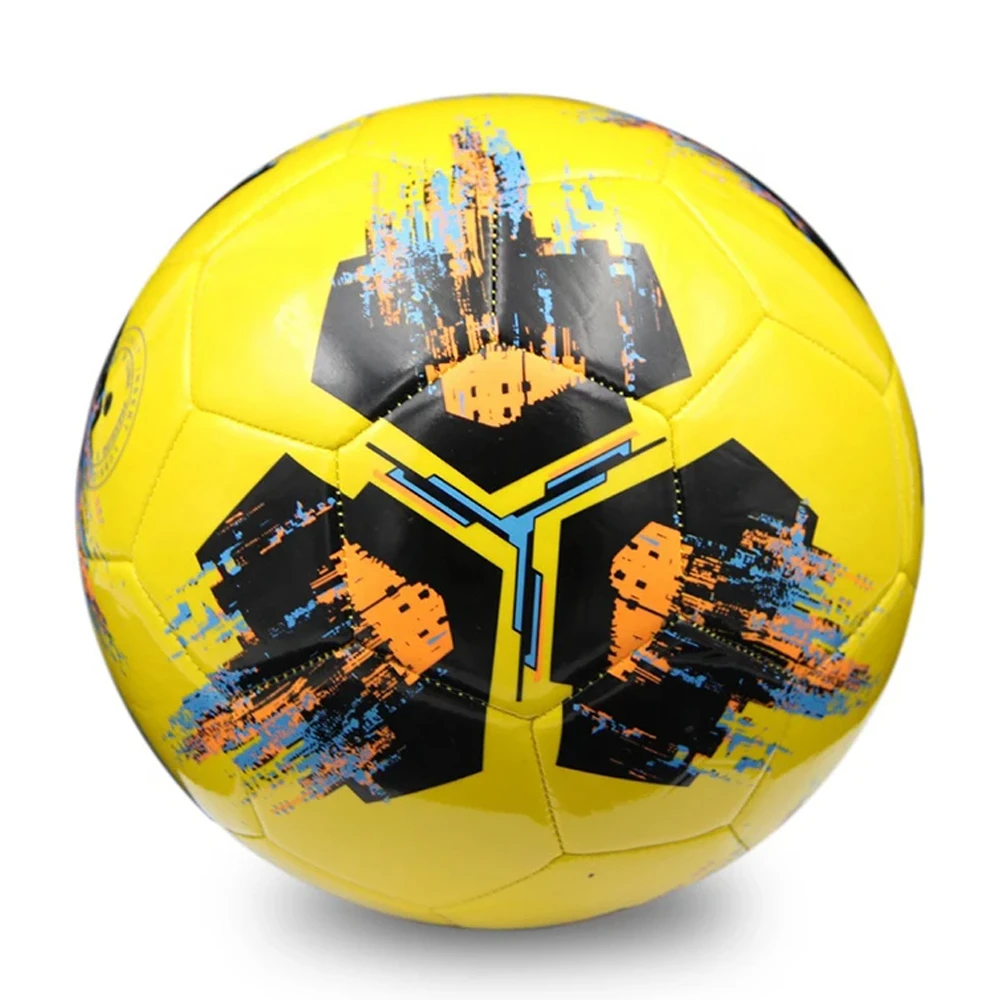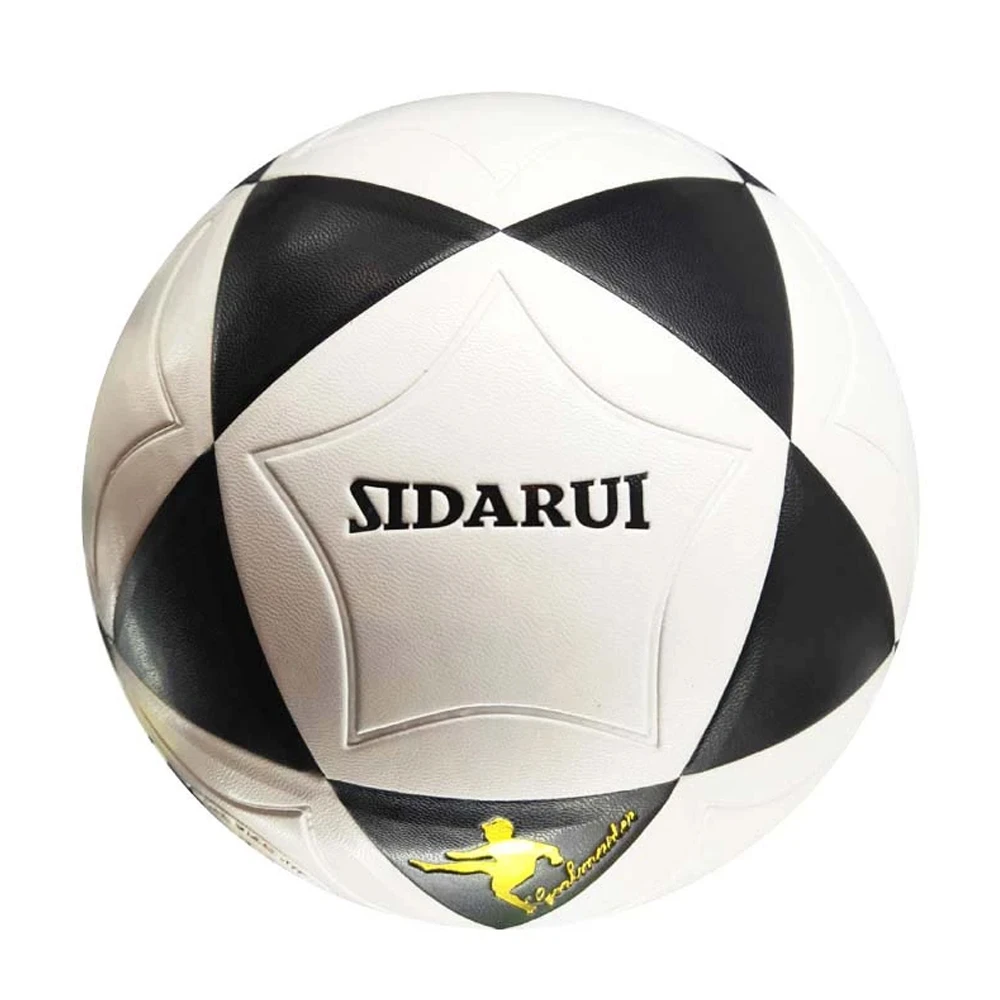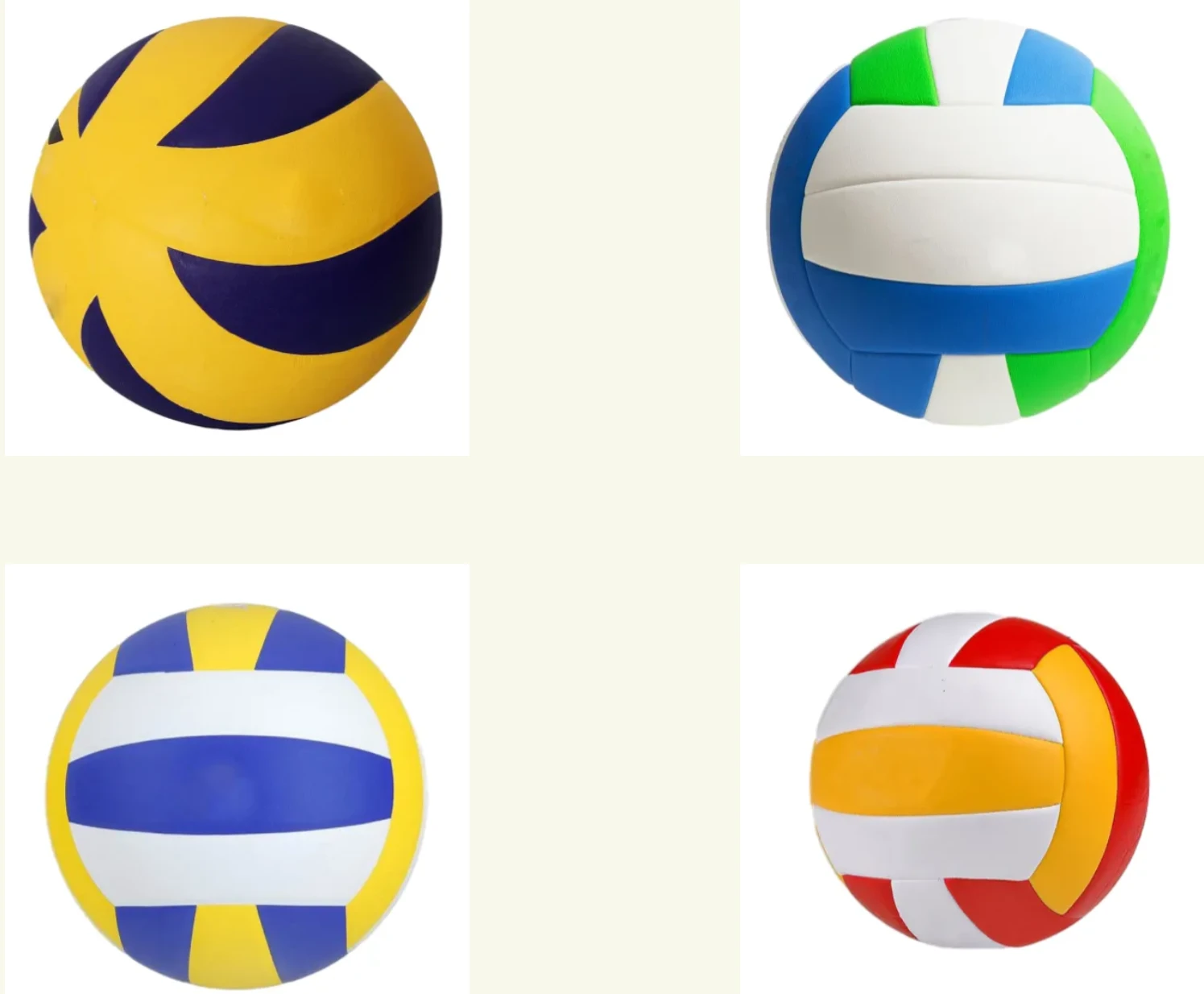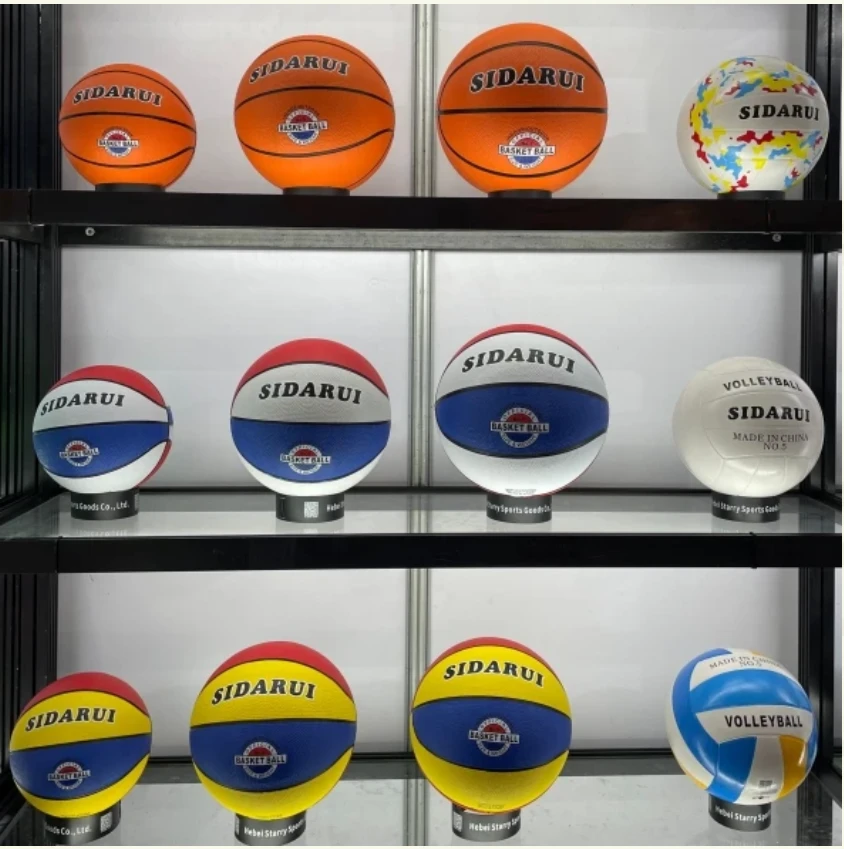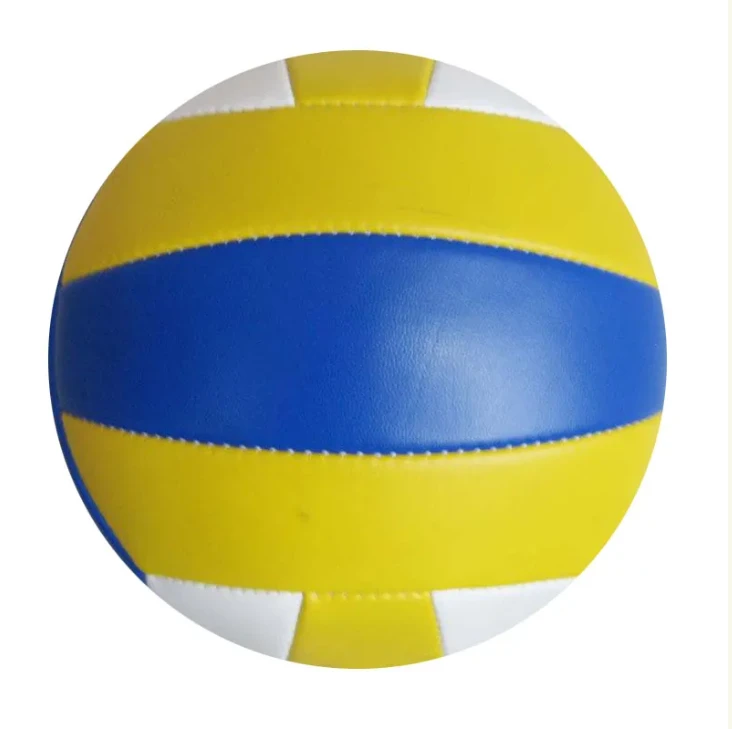Volleyball is a dynamic and energetic sport that has captured the hearts of millions worldwide. Its appeal lies in its simplicity and the range of experiences it offers through diverse formats. For enthusiasts and newcomers alike, understanding the various types of volleyball can enhance the enjoyment of the game and aid in selecting the right equipment and gear.
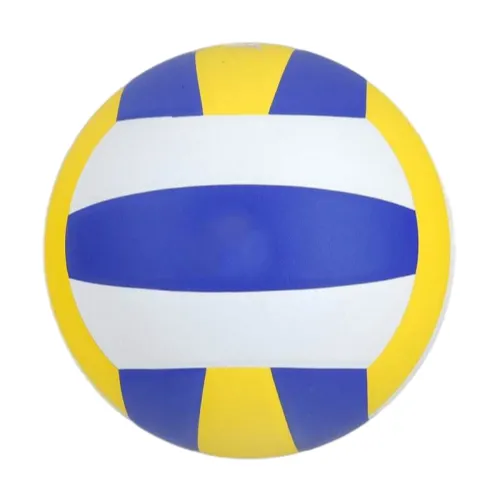
Indoor Volleyball stands as the most recognized form of the sport, played on a hard court surface. As a long-established Olympic discipline, it demands specific expertise in both individual skills and team dynamics. Players need sturdy, responsive shoes designed for the high jumps and rapid lateral movements characterizing indoor games. Volleyballs for this format have a smooth leather surface engineered to optimize control and speed in indoor environments.
Beach Volleyball offers a stark contrast with its outdoor setting and two-player teams. The sandy terrain necessitates lighter, more breathable clothing and sandals that protect feet yet allow free movement across the uneven surface. The volleyballs used here are slightly larger and have a rougher texture to withstand outdoor elements, promoting grip and control in windier conditions. The expertise required for beach volleyball extends beyond technique, demanding strategic thinking due to the limited number of players and expansive playing area.
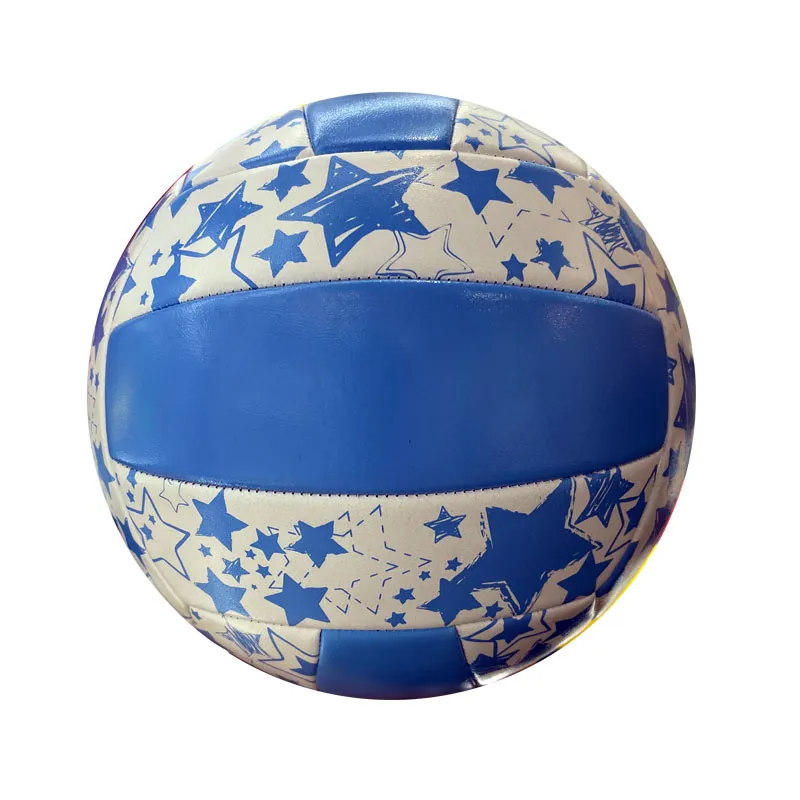
Sitting Volleyball is a remarkable adaptation of the sport for athletes with physical impairments. Played on a smaller court with lower nets, sitting volleyball challenges players to maintain agility and quick reflexes while seated on the floor. This version requires a unique set of skills and a focus on upper body strength and dexterity. Inclusion in the Paralympic Games has raised its profile and expanded awareness, leading to more specialized gear designed to support physical conditions while enhancing performance.
all types of volleyball
Grass Volleyball is popular for social, casual play, often organized as local tournaments or recreational matches. Played with the traditional indoor volleyball, this format provides accessibility without the necessity for professional-level gear, though players might choose shoes offering a balance of grip and comfort for varied grass conditions. This version emphasizes fun and participation over competitive intensity, making it a staple at picnics and community gatherings.
Aquatic Volleyball, also known as water volleyball, brings the sport into pools, a novel twist requiring a waterproof volleyball and a net suitable for water use. This version emphasizes endurance and coordination, as maintaining stability in water adds a layer of complexity to standard volleyball skills. Aquatic volleyball can enhance physical fitness, offering an enjoyable way to engage in cardiovascular exercises and full-body workouts.
In conclusion,
the versatility of volleyball allows tailoring experiences to fit personal preferences and physical capabilities. Whether indoors or outdoors, on land or in water, volleyball offers various ways to enjoy its competitive spirit and camaraderie. As an authoritative voice in sports equipment, it is crucial to offer high-quality products catering to these diverse formats, ensuring that players have the best tools to enhance their performance and enjoyment. Trust in a reputable supplier helps verify the authenticity and suitability of volleyball gear, fostering confidence among consumers seeking to elevate their game in any setting. The breadth and adaptability of volleyball underscore its global appeal, positioned as a sport that truly has something for everyone, from casual players to professional athletes.






